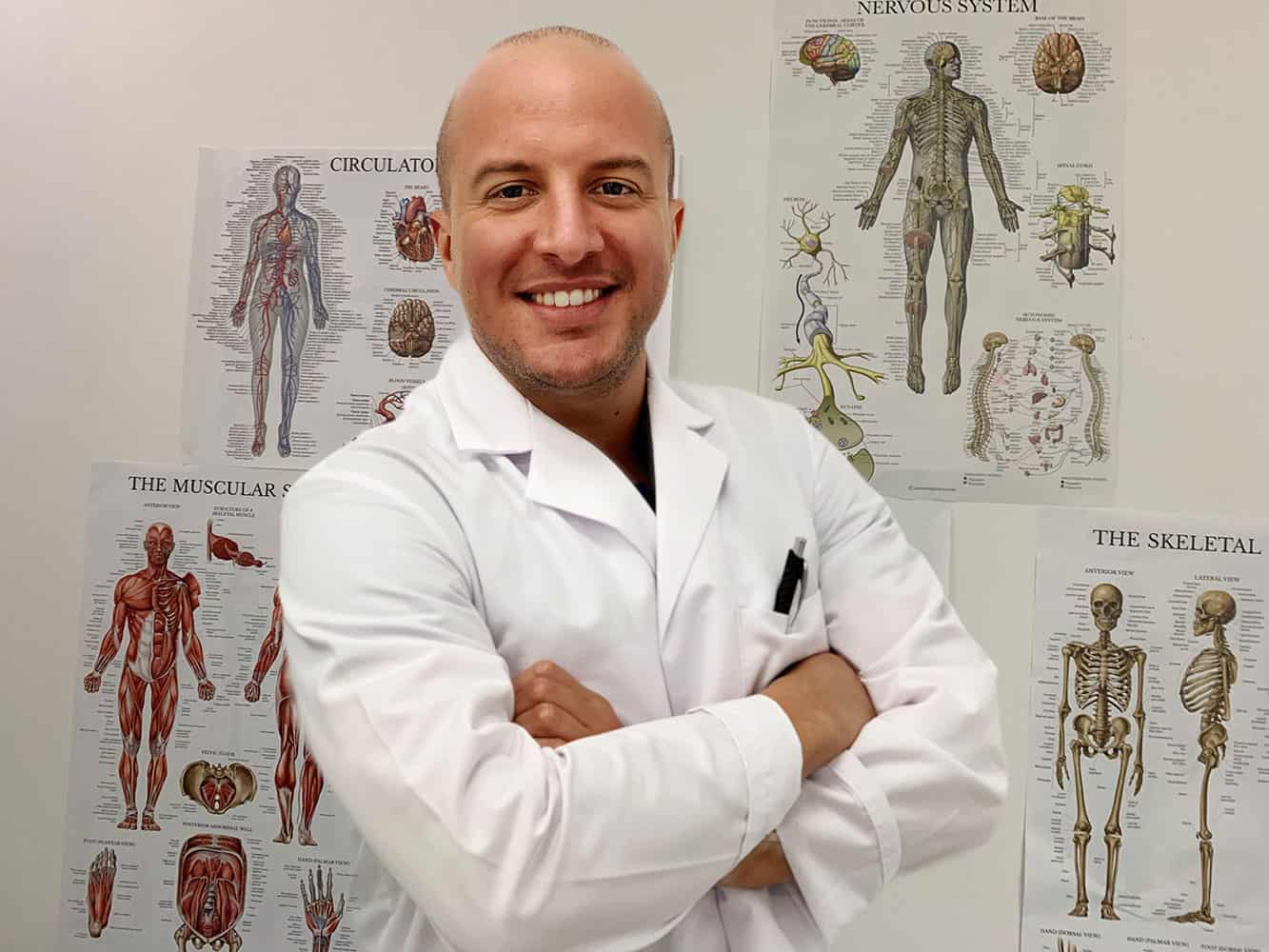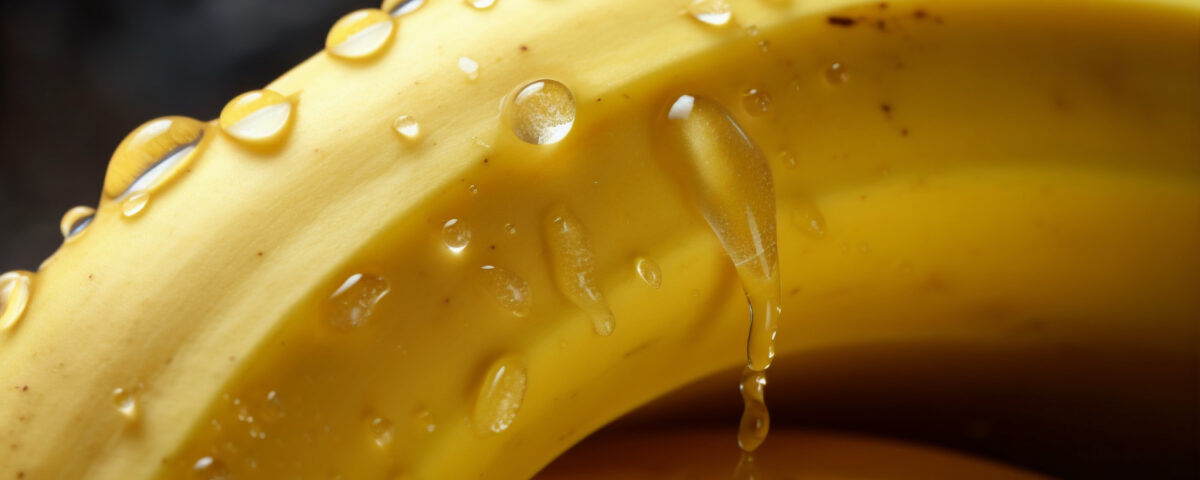Peyronie’s disease is a complex and often debilitating clinical condition, characterized by the formation of fibrous scar tissue inside the penis. This pathology leads to an abnormal curvature during erection, which can be accompanied by painful symptoms and significant erectile dysfunction. An in-depth knowledge of the disease and the available therapeutic options is essential for those affected. Currently, research in the fields of urology and andrology continues to provide new solutions to improve patients’ quality of life, offering non-invasive and personalized methods. This brings us to the question: Can massage help with Peyronie’s disease? Yes, massage is often proposed as a possible complementary aid in the treatment process.
Can massage help with Peyronie’s disease? Here’s the role of massage in the treatment of Peyronie’s disease!
Therapeutic massage is presented as a complementary technique to relieve certain symptoms of Peyronie’s disease. The idea behind this practice is to reduce tension in the scar tissue and improve blood circulation in the penis, thereby contributing to greater flexibility and, in some cases, a slight reduction in curvature.
Mechanisms of action of massage
- Muscle and tissue relaxation: Massage can help loosen accumulated tension in the tissues, facilitating the relaxation of scar fibers.
- Improvement of blood flow: Through specific techniques, massage encourages blood flow, a fundamental factor for tissue regeneration and the maintenance of erectile function.
- Stimulation of cellular regeneration: The mechanical action exerted during massage could theoretically stimulate the production of collagen and other proteins useful for tissue repair.
Limitations and scientific evidence
Despite the theoretical benefits, scientific evidence regarding the effectiveness of massage in treating Peyronie’s disease remains limited and conflicting. Numerous studies indicate that, although massage can offer supportive treatment, it alone is not sufficient to significantly correct the curvature or eliminate painful symptoms. Therefore, massage is usually recommended as part of an integrated therapeutic approach, combined with other more specific and proven techniques, especially in moderate or advanced cases of the pathology.
Scientific evidence and integrated approaches

Clinical studies and current research
- Recent urological research has shown that an integrated approach can lead to better outcomes in the treatment of Peyronie’s disease.
Pain reduction:
- Studies have demonstrated that patients undergoing combined treatments, which include massage along with other techniques, reported a significant decrease in pain during erection.
Improvement in erectile function:
- Improved blood circulation, aided by both massage and other therapies, translates into a greater ability to achieve and maintain an erection.
Limited effects on tissue remodeling:
- Although massage may help relax tissues, the effects on remodeling fibrous plaques are often limited, thus requiring integration with other therapeutic techniques.
Integrated therapeutic approaches
The concept of combining massage with other therapies, such as shockwave therapy, collagenase injections, and penile traction, is currently at the core of numerous personalized treatment protocols. This multidisciplinary approach, recommended by experts like Prof. Fabio Castiglione, makes it possible to tackle the disease from multiple angles, increasing the chances of therapeutic success.
Can massage help with Peyronie’s disease? Discover the advanced treatments offered by Prof. Castiglione: call now +447830398165!
Alternative therapies and complementary techniques

For those seeking non-invasive solutions that complement massage, there are several options that have been proven effective in the treatment of Peyronie’s disease. These techniques can be integrated into a personalized therapeutic plan and are often used together to maximize benefits.
1. Penile traction therapy (PTT)
Penile traction therapy (PTT) is a technique that uses mechanical devices to apply gentle traction to the penis. The goal is to:
- Reduce curvature: By gradually stretching the tissue, the aim is to correct the deformity.
- Improve length: Traction can help maintain or increase penile length.
- Promote tissue remodeling: By stimulating cell regeneration, PTT encourages a restructuring response in the affected tissues.
Evidence:
Clinical studies have shown that PTT can be effective, especially in the early stages of the disease, leading to measurable improvements in curvature and erectile function.
2. Manual stretching exercises
Manual stretching exercises are another complementary therapeutic option. These exercises involve:
- Stretching the penis in various directions: Targeted techniques to promote flexibility and reduce rigidity.
- Performing under supervision: It’s essential to carry out these exercises with professional guidance to avoid injury and achieve optimal benefits.
Expected results:
With regular practice, stretching exercises can help maintain a degree of tissue elasticity and somewhat improve the curved appearance of the penis.
3. Vacuum erection devices (VED)
Vacuum erection devices (VED) use the principle of vacuum pressure to increase blood flow in the penis. These devices:
- Encourage tissue oxygenation: The application of the vacuum stimulates blood flow, which is essential for tissue health.
- Potentially improve erectile function: Increased blood flow results in firmer and more sustained erections.
- Show variable effects: The effectiveness of VEDs can vary from patient to patient, and further studies are needed to clearly define their role in the treatment of Peyronie’s disease.
Prof. Fabio Castiglione’s personalized approach

Prof. Fabio Castiglione is a leading figure in the fields of urology and andrology, thanks to his multidisciplinary and personalized approach to treating Peyronie’s disease.
The personalized therapeutic path
- Initial evaluation: The therapeutic journey begins with a thorough clinical evaluation, including specific diagnostic tests to determine the extent of curvature, plaque thickness, and erectile function. This phase is essential for establishing a tailored treatment plan.
- Integration of therapies: Castiglione combines multiple therapeutic techniques, such as:
- Therapeutic massage: Used as a support to reduce tissue tension.
- Shockwave therapy (P-Shocks)**: A cutting-edge technology that uses low-intensity shockwaves to stimulate tissue regeneration and reduce fibrous plaque.
- Collagenase injections: Targeted treatments to break down scar tissue and improve the penis’s curved appearance.
- Complementary therapies: Such as PTT and stretching exercises, to achieve synergistic results.
- Continuous monitoring: Throughout the process, periodic check-ups are carried out to evaluate therapy effectiveness and make any necessary adjustments to the protocol based on the patient’s individual response.
Benefits of the integrated approach
The therapeutic model proposed by Prof. Castiglione offers numerous advantages:
- Personalized treatment: Each patient receives a customized regimen based on specific clinical conditions and personal needs.
- Pain reduction: The integrated approach aims to reduce pain and discomfort**, thereby improving sexual quality of life.
- Improvement in erectile function: By combining multiple techniques, a synergistic effect is achieved that helps restore erectile function.
- Non-Invasive approach: Using non-surgical techniques reduces the risk of complications and speeds up recovery.
Can massage help with Peyronie’s disease? Book a personalized consultation with Prof. Castiglione at +447830398165 and regain your well-being!
FAQ about massage and Peyronie’s disease

To provide further clarification and support for patients in understanding their therapeutic options, below are some of the most frequently asked questions:
Q: Can massage alone cure Peyronie’s disease?
- A: Massage can help reduce tissue tension and improve circulation, but scientific evidence suggests that, alone, it’s not sufficient to correct curvature or fully resolve symptoms. It is recommended as part of an integrated approach.
Q: What massage techniques are recommended?
- A: Massage techniques aimed at relaxing tissue and improving microcirculation can be helpful. It is important that they are carried out by qualified practitioners to avoid further damage.
Questions about alternative therapies
Q: What is penile traction therapy (PTT) and how does it work?
- A: PTT uses mechanical devices to apply controlled traction to the penis, promoting tissue extension and reducing curvature. Clinical studies have demonstrated a significant reduction in deformity, especially in the early stages of the disease.
Q: Are manual stretching exercises effective?
- A: If done correctly and under supervision, stretching exercises can help maintain penile flexibility. However, on their own they offer limited benefits in terms of correcting curvature.
Q: What are vacuum erection devices (VED) and what results can be expected?
- A: VEDs increase blood flow to the penis by creating negative pressure. They can improve erectile function, but effectiveness varies, and their use should be evaluated within an integrated therapeutic approach.
Questions about the personalized approach
Q: How is treatment personalized by Prof. Fabio Castiglione?
- A: After a thorough clinical evaluation, Prof. Castiglione designs a therapeutic protocol that may include massage, shockwave therapy, collagenase injections, and other complementary techniques, with continuous monitoring of patient progress.
Q: What are the long-term benefits of the integrated treatment?
- A: Patients can expect reduced pain, improved erectile function, and a better sexual quality of life. Regular follow-ups ensure that the benefits are long-lasting and that the treatment can be adjusted based on the individual response.
Considerations

Although massage can offer certain advantages in the treatment of Peyronie’s disease, scientific evidence indicates that its effects, when used alone, are limited.
Summary of the therapeutic path
- Initial evaluation: An accurate diagnosis is essential for understanding the extent of the condition and devising a personalized therapeutic plan.
- Integrated approach: Combining massage with therapies such as PTT, stretching exercises, and vacuum devices, along with advanced treatments (shockwaves, collagenase injections), produces better results.
- Specialist support: Fabio Castiglione guides every patient with a multidisciplinary approach, ensuring that each phase of treatment is monitored and adapted to individual needs.
Important note
Consulting an expert and opting for a personalized treatment, based on the latest scientific evidence, is vital for effectively addressing Peyronie’s disease. Combining massage with other complementary therapies is the best way to improve erectile function and relieve pain, restoring the patient’s confidence and psychophysical well-being.
Resources and tips for safe treatment
Practical tips
Preliminary consultation:
Before starting any kind of treatment, it’s crucial to consult a qualified healthcare professional. A detailed discussion helps evaluate risks, benefits, and personalize your therapeutic path.
Continuous monitoring:
Throughout the process, regular check-ups are essential to assess the effectiveness of therapies and make any necessary changes. Monitoring enables prompt intervention when needed.
Healthy lifestyle:
Adopting healthy habits, such as a balanced diet, regular physical activity, and stress management techniques, supports overall health and enhances the effectiveness of targeted therapies.
Conclusions
This article has thoroughly addressed the topic of massage in the treatment of Peyronie’s disease, incorporating a range of complementary techniques and therapeutic approaches. The personalized treatment plan, supported by the expertise of Prof. Fabio Castiglione, offers an innovative and multidisciplinary solution for those suffering from this condition. If you are interested in learning more or scheduling a personalized consultation, don’t hesitate to contact Prof. Fabio Castiglione at +447830398165. An integrated, tailored approach could be the key to regaining your sexual well-being and peace of mind in everyday life.
Can massage help with Peyronie’s disease? Trust Prof. Castiglione’s expertise: contact us now at +447830398165 for a customized evaluation!
Prof. Fabio Castiglione Clinic – London
Call at +447830398165


